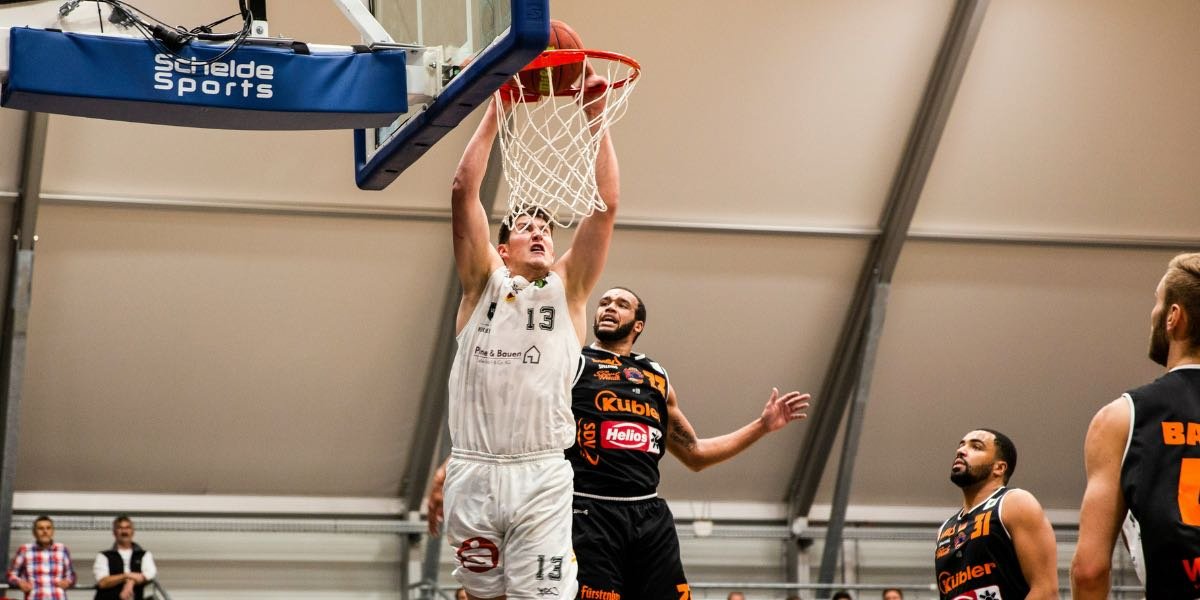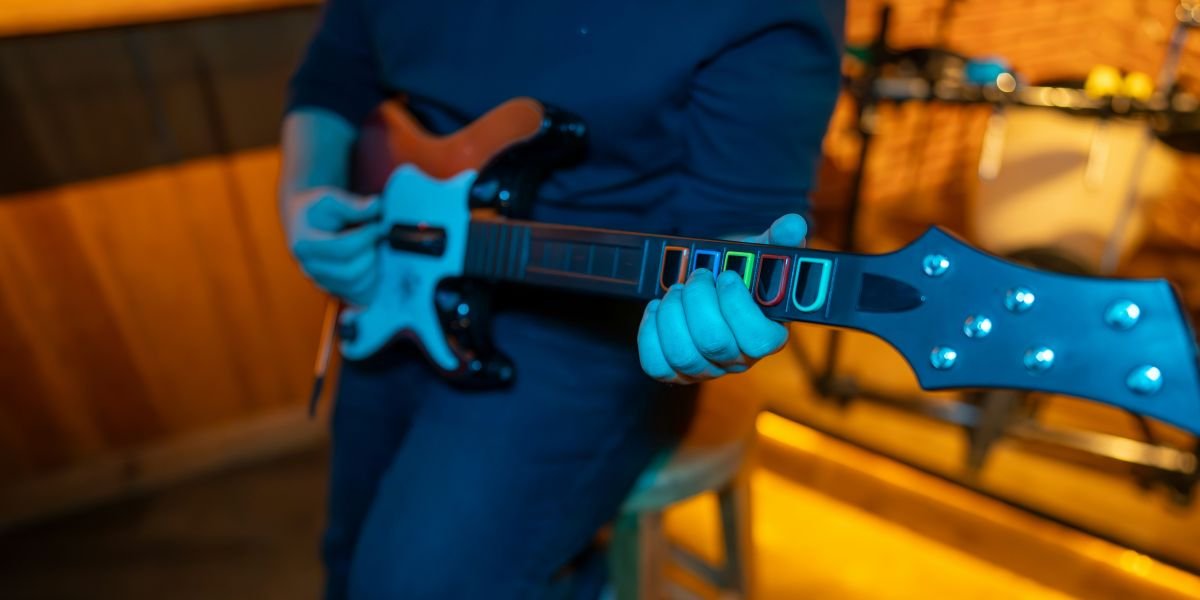Insights Into Scouting and Developing International Athletes
Scouting and developing international athletes has become an essential aspect of sports organizations striving for global competitiveness and diversity in talent. As the reach of sports expands beyond borders, the process of identifying and nurturing talent from different countries involves unique challenges and opportunities. Understanding the intricacies of scouting internationally and how development programs can be tailored to diverse backgrounds provides valuable insight into what it takes to succeed on a global stage.
Read also: How Does the Draft Change an Athlete’s Career?
What Are the Key Challenges in Scouting International Athletes?
Scouting athletes internationally requires overcoming significant logistical and cultural obstacles. Unlike domestic scouting, where coaches and scouts can easily attend games and practices, international scouting often involves navigating different time zones, language barriers, and limited access to consistent footage or data.
For instance, in regions where formalized youth leagues or competitive structures are less developed, scouts may rely heavily on word-of-mouth recommendations or sporadic tournament appearances to evaluate players. This can result in incomplete assessments and requires scouts to develop a keen eye for potential rather than just current performance.
Scouting across various countries also involves understanding different styles of play and training philosophies. A basketball player from a European league may have strengths in tactical understanding and shooting, while an athlete from a Latin American country might demonstrate raw athleticism and creativity. Scouts must appreciate these contextual factors to accurately project how players might adapt to new environments or leagues.
Political and economic conditions can also affect scouting. Travel restrictions, visa issues, and regional instability may limit a scout’s ability to observe prospects in person. Digital scouting tools, such as video highlights and virtual interviews, are increasingly important, but they cannot fully replace firsthand evaluation.
How Does Cultural Adaptation Influence Athlete Development?
Once an international athlete is identified, successful development requires attention to cultural adaptation. Moving to a new country or joining a team with unfamiliar customs and language can be daunting and may affect an athlete’s performance and well-being.
Organizations that invest in comprehensive support systems—such as language classes, cultural orientation, and mentorship—often see better adjustment and faster integration. For example, an international soccer player relocating to a North American club may face different coaching styles, dietary habits, and training routines. Helping the athlete navigate these changes reduces stress and fosters confidence.
Moreover, cultural values influence communication styles, motivation, and teamwork. Coaches who understand these nuances can tailor their approach to build trust and maximize an athlete’s potential. For instance, athletes from collectivist cultures might respond better to group-oriented coaching and emphasize team success, whereas those from individualistic backgrounds may prioritize personal achievement.
What Role Does Technology Play in Scouting and Development?
Advances in technology have transformed how international athletes are scouted and developed. High-definition video platforms allow scouts to analyze performances from across the globe without extensive travel. Data analytics tools help quantify physical attributes, skill execution, and game impact, providing objective insights alongside subjective evaluation.
Virtual reality and augmented reality are emerging as training tools, enabling athletes to experience game scenarios remotely and refine decision-making skills. These technologies can help bridge gaps in access to facilities or coaching expertise, particularly for athletes from regions with limited resources.
Social media also plays a role in scouting. Athletes often share highlight reels, training clips, and personal stories online, which scouts and coaches use to identify promising talent. However, reliance on digital content requires discernment, as video highlights might not fully represent an athlete’s consistency or adaptability.
How Do Development Programs Address Differences in Training Backgrounds?
International athletes arrive with varying levels of formal training, physical conditioning, and tactical knowledge. Development programs that recognize these differences and customize training accordingly tend to be more effective.
For instance, an athlete from a country with a strong youth development system might enter a professional league with solid fundamentals but may need refinement in physical strength or conditioning to meet higher demands. Conversely, a player with natural athletic ability but limited technical training may require intensive skill development.
Many organizations incorporate individualized plans that balance technical coaching, strength and conditioning, mental preparation, and nutrition. Support staff, including sports psychologists, physiotherapists, and nutritionists, collaborate to ensure holistic development.
Language barriers and educational gaps can also be addressed through specialized programs. Providing language tutoring and academic support helps younger international athletes adjust off the field, which in turn improves focus and discipline during training.
How Does the Integration of International Athletes Impact Team Dynamics?
Bringing international athletes into a team enriches diversity but also requires careful management of group dynamics. Differences in language, communication styles, and cultural expectations can create misunderstandings if not proactively addressed.
Teams that foster inclusive environments encourage open dialogue and celebrate cultural differences, promoting cohesion and mutual respect. Mentorship programs pairing international athletes with veterans familiar with the local culture can ease transitions.
Understanding the social challenges international athletes face, such as homesickness or isolation, is also vital. Teams that provide social support networks and facilitate connections with local communities help athletes feel more at home and engaged.
Additionally, coaches who adapt leadership styles to accommodate diverse personalities and backgrounds often find more success. Flexibility in communication and motivation helps harness the full potential of an international roster.
What Are Some Examples of Successful International Athlete Development?
Looking at various sports reveals examples where organizations have successfully scouted and developed international talent. In basketball, some professional teams have invested heavily in scouting international youth tournaments and running development academies abroad. These efforts uncover prospects who might otherwise be overlooked due to geographic or economic barriers.
In soccer, clubs often sign young players from different continents and bring them into academies where tailored development plans address technical skills, physical preparation, and education. These clubs provide support in language and cultural adaptation, enabling smoother transitions to senior teams.
Similarly, in baseball, organizations frequently recruit players from Latin America through dedicated academies that offer training, schooling, and life skills education. These programs not only improve athletic performance but also prepare athletes for the demands of professional life in a new country.
Read also: How Athletes Are Elevating Fashion Beyond the Court
What Does the Future Hold for International Scouting and Development?
As global connectivity improves and sports continue to grow internationally, the scope and sophistication of scouting and development will likely expand. Artificial intelligence and machine learning could provide deeper insights into player potential by analyzing vast amounts of performance data. Remote training technologies may enable even more personalized coaching for athletes in isolated regions.
However, human elements will remain critical. Personal relationships, cultural understanding, and tailored development programs are essential components that technology cannot fully replicate. Organizations that blend advanced tools with empathetic, individualized support will be best positioned to succeed in cultivating international talent.
Scouting and developing international athletes involves a multifaceted approach that combines logistical planning, cultural sensitivity, technological innovation, and personalized training. By recognizing and addressing the unique challenges posed by international recruitment and development, sports organizations can unlock a rich pool of talent and foster successful careers for athletes from around the world.




